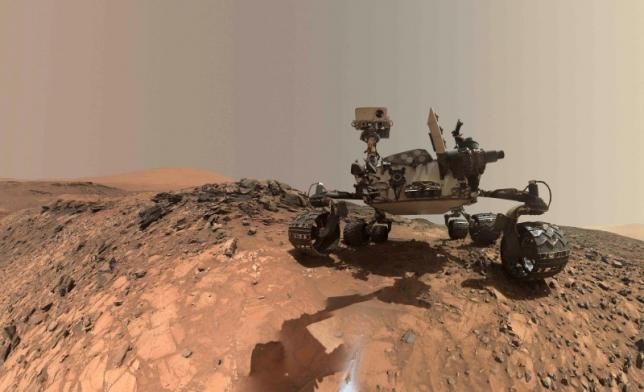NASA's rover Curiosity, deployed on Mars, recently sent data that points to a possibility that the planet may have been able to sustain liquid water. This new discovery is essential in the ongoing study to prove whether the planet has the capability to sustain life.
In September, the entire science community was stunned after NASA released a report about the presence of water on Mars. The report was one of the most important discover that highlights the significant role of water in the geologic history of Mars.
NASA reported that the recent discovery of the rover Curiosity shows that the surface of Mars has features such as lakes and river deltas, all of it completely dry. Details about the new discovery hinted that Mars can sustain water for a long period time.
In a statement posted on NASA Jet Propulsion Laboratory website, Mars Science Laboratory project scientist Ashwin Vasavada said, "Observations from the rover suggest that a series of long-lived streams and lakes existed at some between about 3.8 to 3.3 billion years ago, delivering sediment that slowly built up the lower layers of Mount Sharp."
The notion about the existence of water on Mars is not entirely new. Experts believe that the red planet's climate was one wet and may have been conducive enough to sustain life for many millennia. The recent discovery serves as an evidence on the ongoing study about Mars.
The rover Curiosity has already covered nearly seven miles of Mars' surface. It has drilled eight separate holes and collected several samples along the way, according to Orange County Register.



























